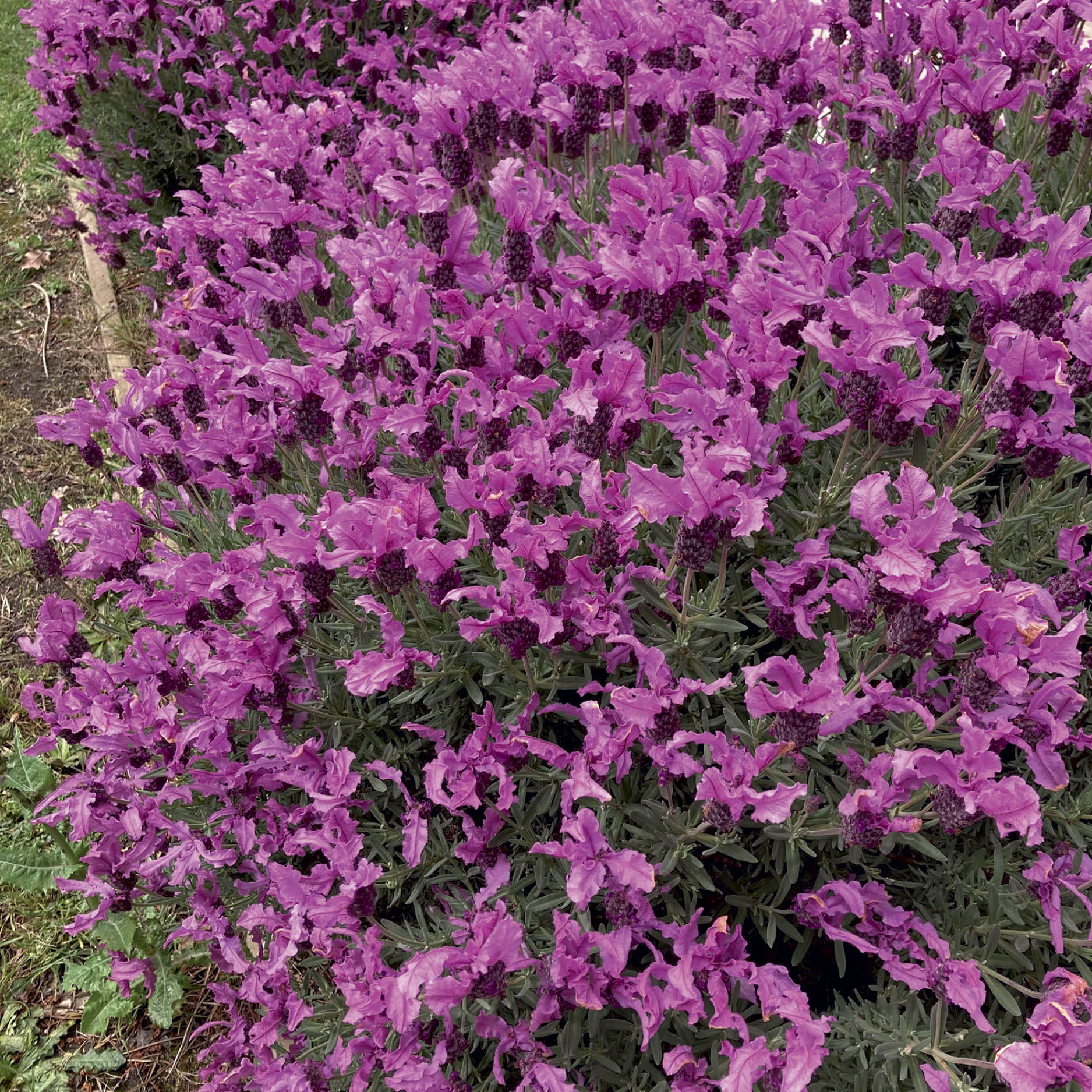How to propagate organic herbs
2011-03-16T00:23:18+11:00
A wet humid summer in many areas has taken it's toll on our favourite Mediterranean type herbs. PHIL DUDMAN says it's a good time to be propagating replacements, and shares his secrets for success.
Lavender, rosemary, sage, oregano and thyme can look a little shabby after a humid wet summer. They are all Mediterranean type plants and much prefer drier conditions. When it’s wet, they develop diseases and lots of dead patches.
It’s tempting to give these plants a good hard prune, but most of them are incredibly sensitive to that sort of treatment, and it can lead to their death. So the best thing to do is to use what ever is left to propagate new plants that will replace the old ones – and it’s easy to do.
The best propagating material is at the tips, so start by pruning off a heap of the healthiest growth and head over to the potting bench to prepare your cuttings.
Fill a pot with propagating mix. I use a 50/50 blend of coarse sand and moistened coir peat – so it’s reasonably open, but will hold some moisture.
To prepare the cuttings, work your way down from the tip and remove some of the soft flimsy new growth with your secateurs – you don’t need that. Then go down a little further, about 7 cm’s or so and make your final cut just below a node or leaf joint – that’s where the roots will form. Strip off most of the lower leaves to reduce moisture loss, and there’s your finished cutting.
Once you’ve done a few, dip the bases of the cuttings into a horticultural rooting stimulant or Manuka honey, place them into the propagating mix, and water them in. To stop the wind from drying out your babies, grab a clear plastic bag, make some breathing holes in the bottom, put a few skewers in the pot as a frame and pop the bag over the top.
Put this into a bright protected spot in the shade, keep the mix moist, and in a month or so, they will have formed roots. When they have, pot them up into their own pots, add a little organic fertiliser and gradually introduce them to the sun over 2 weeks or so to harden them up.







